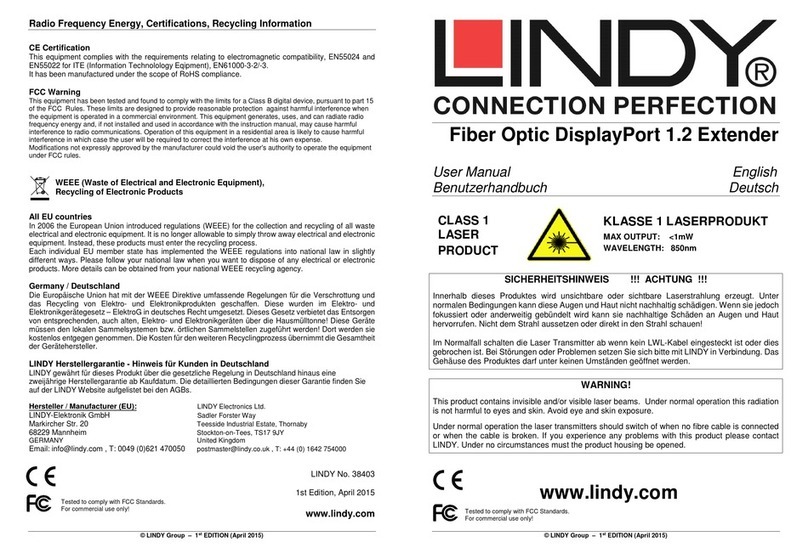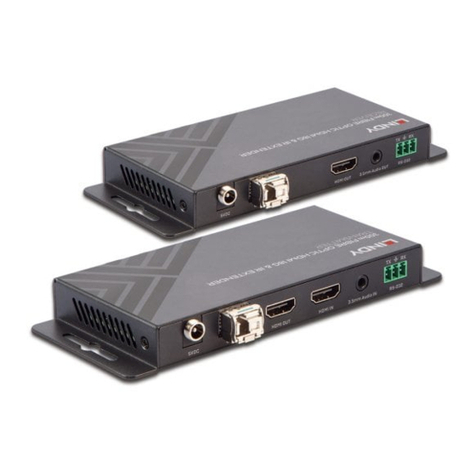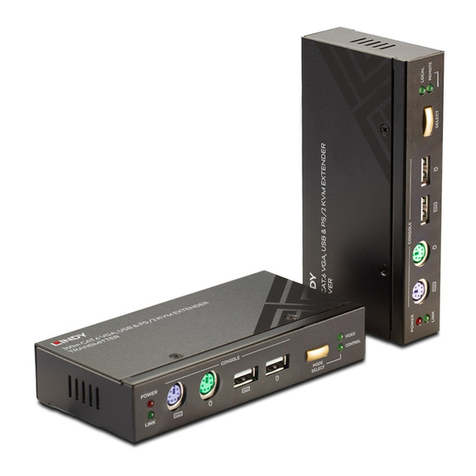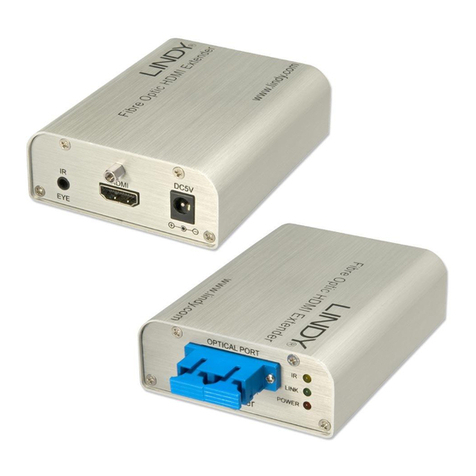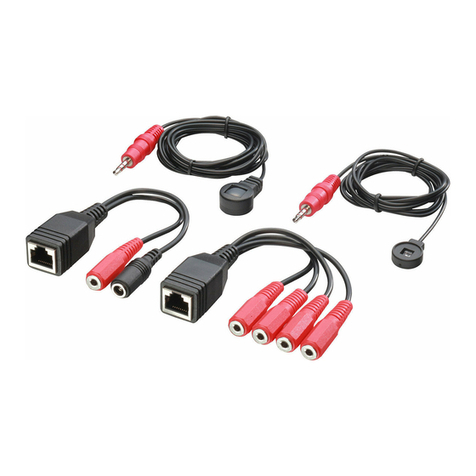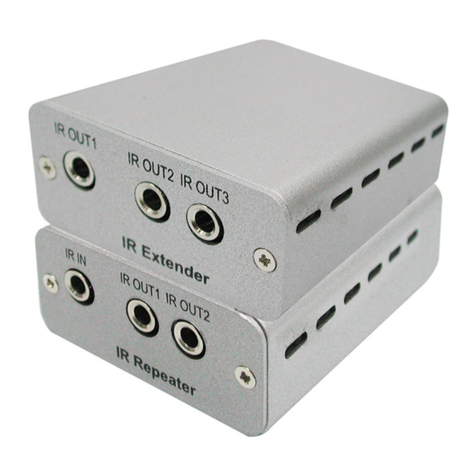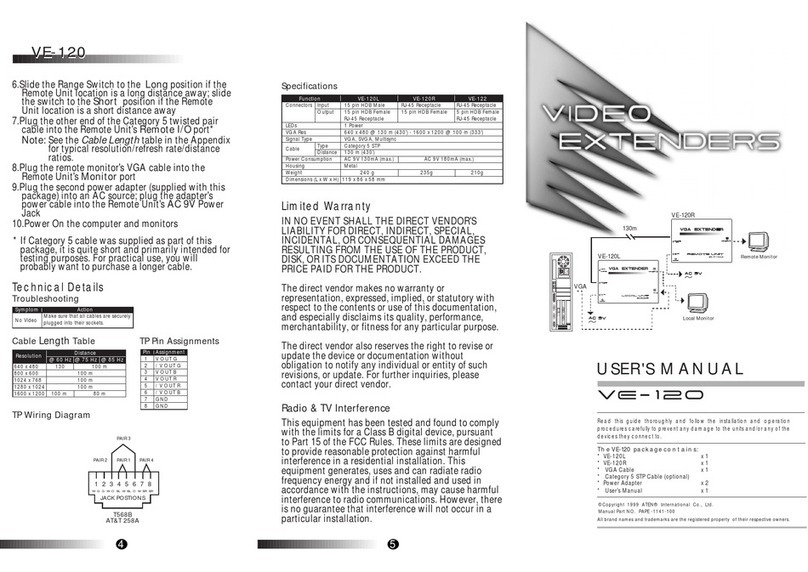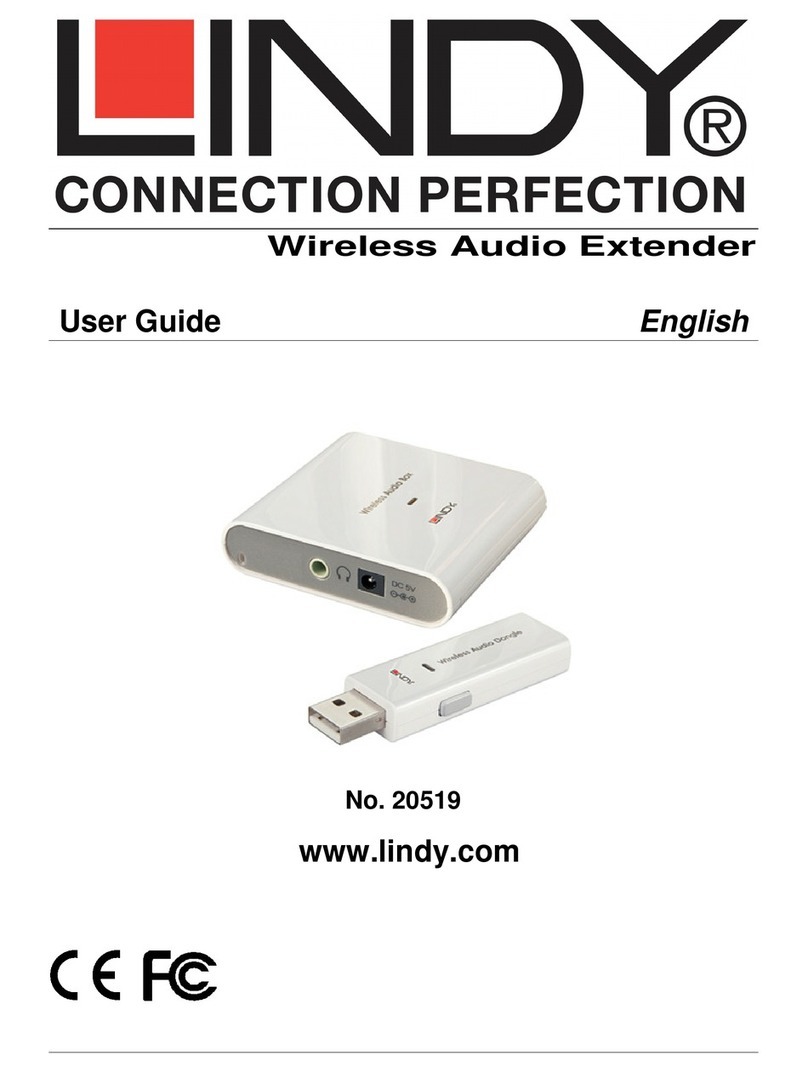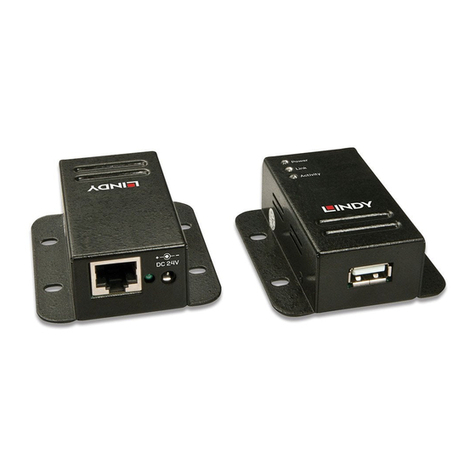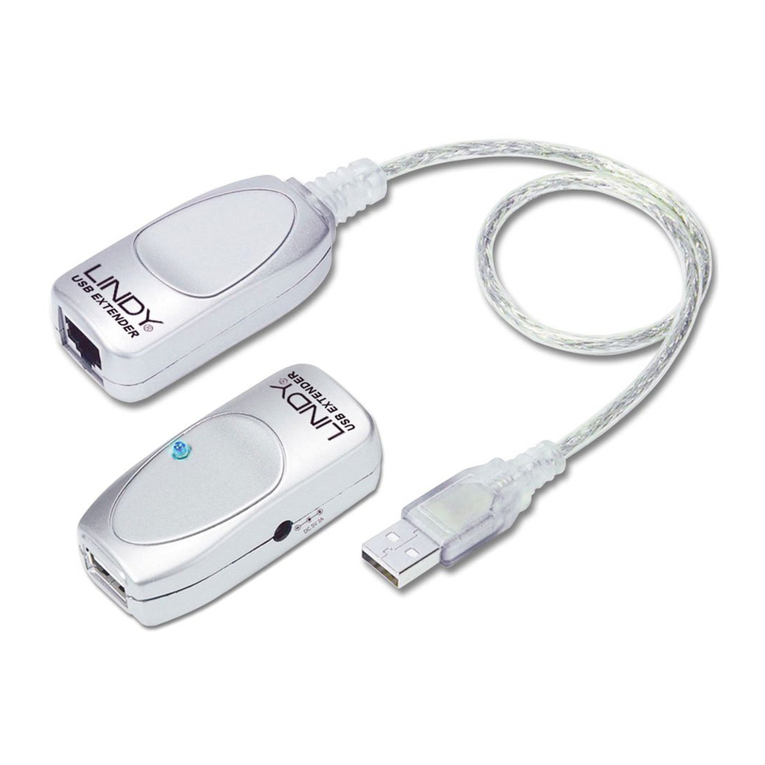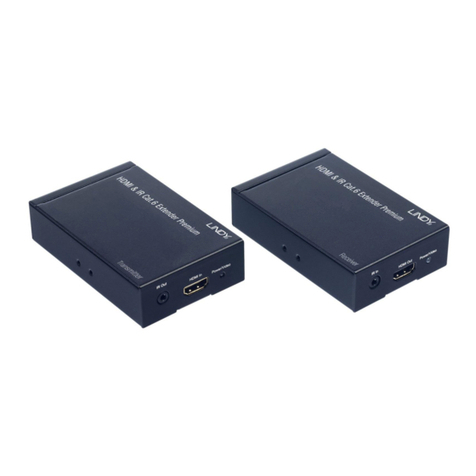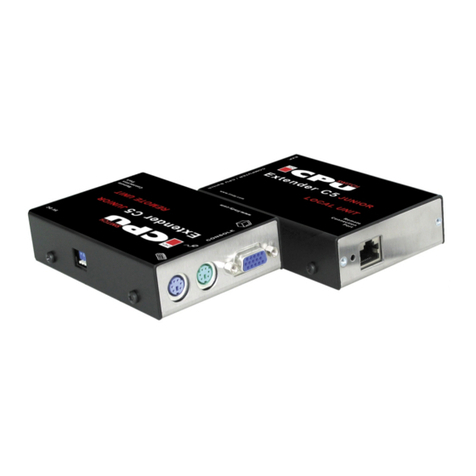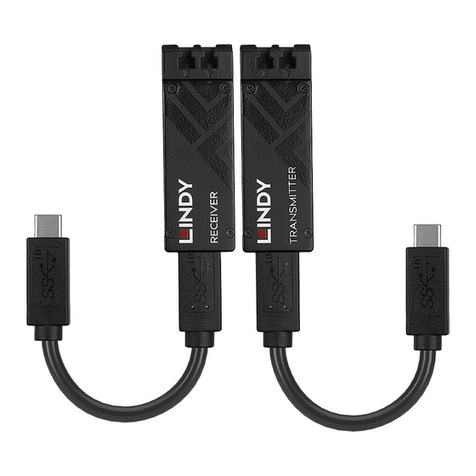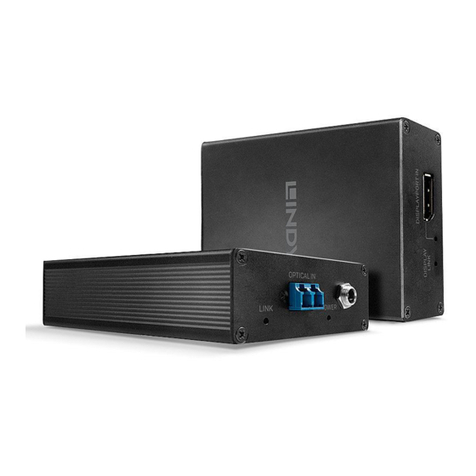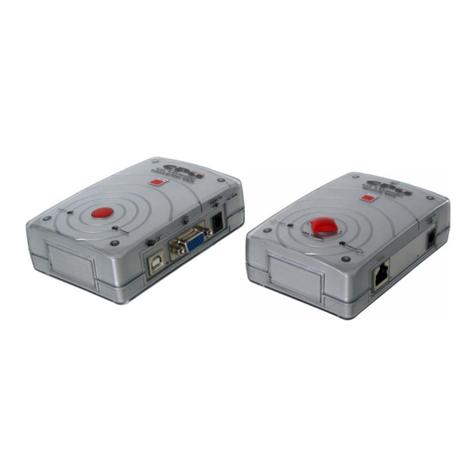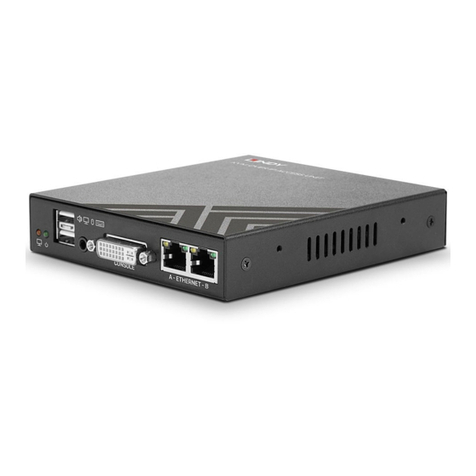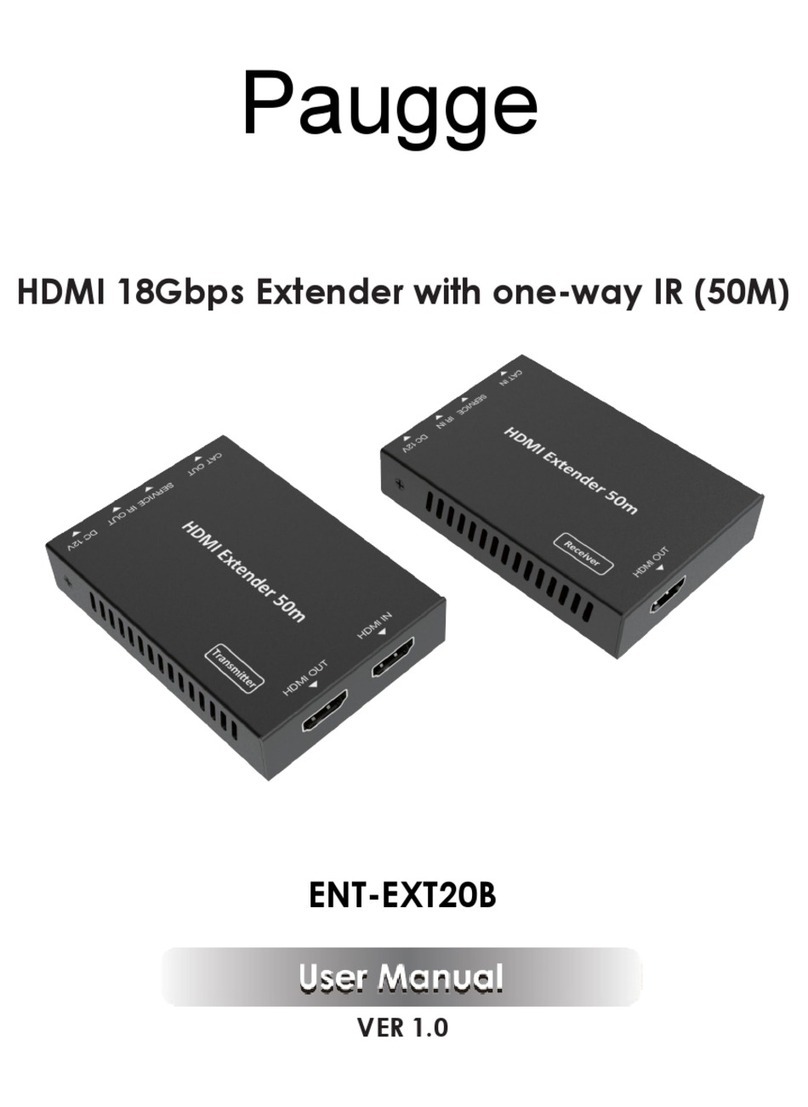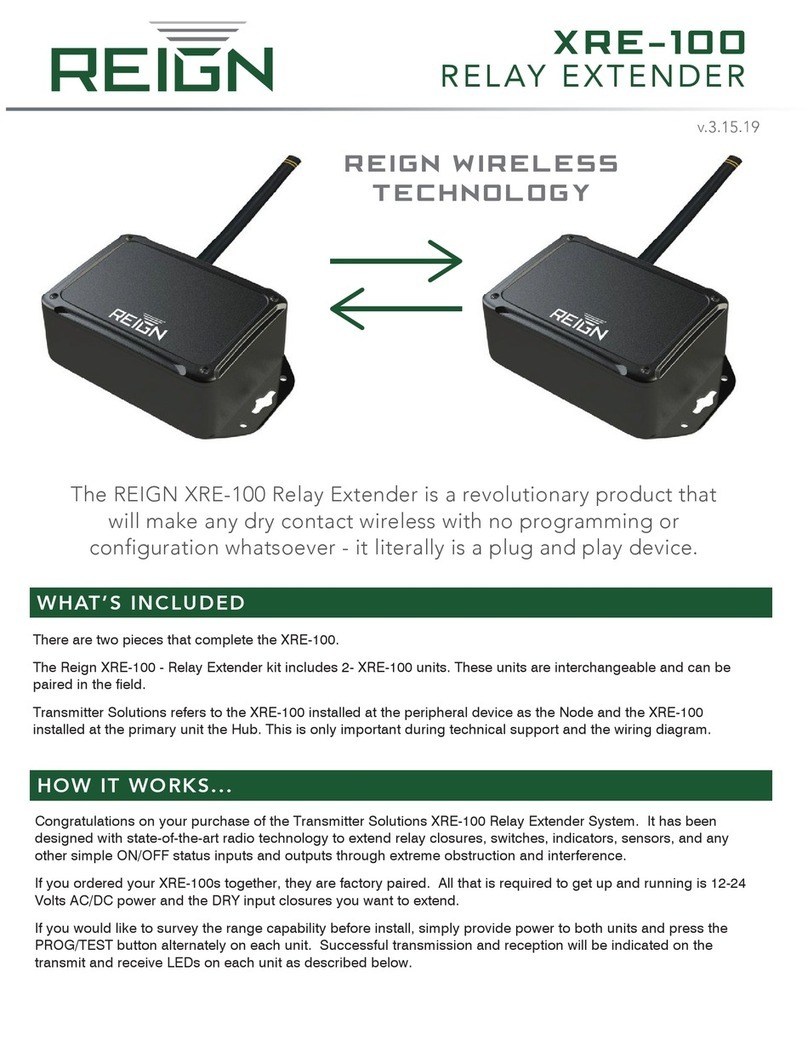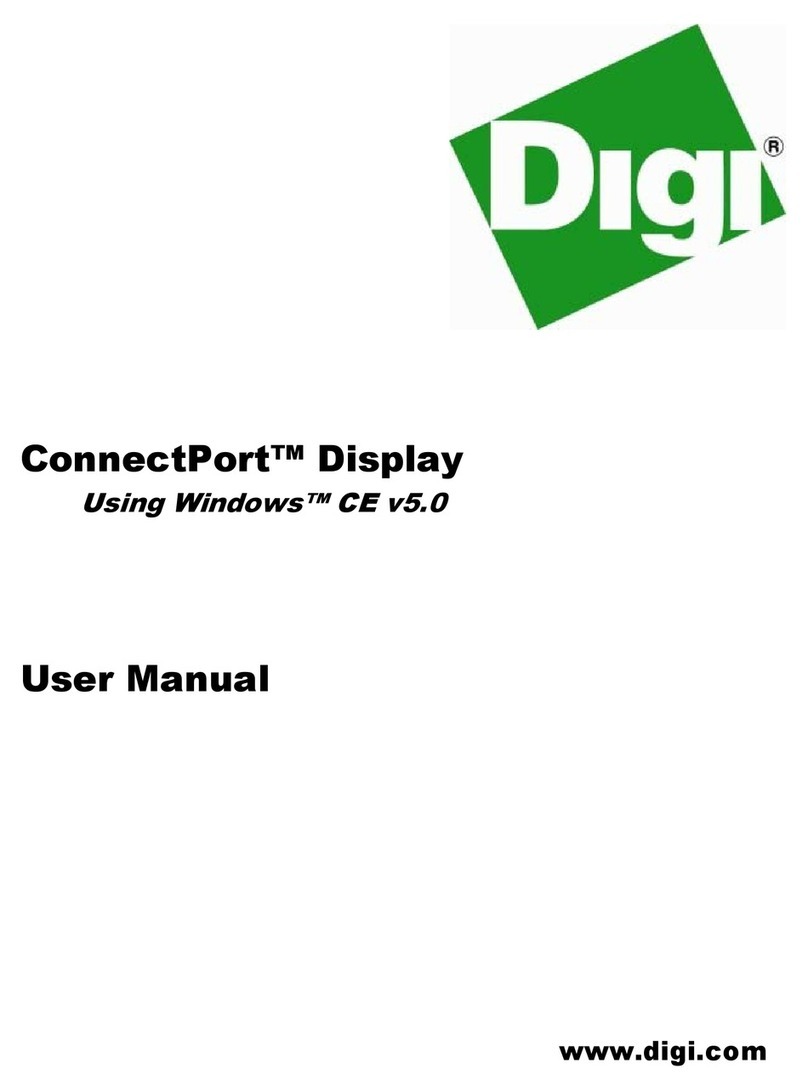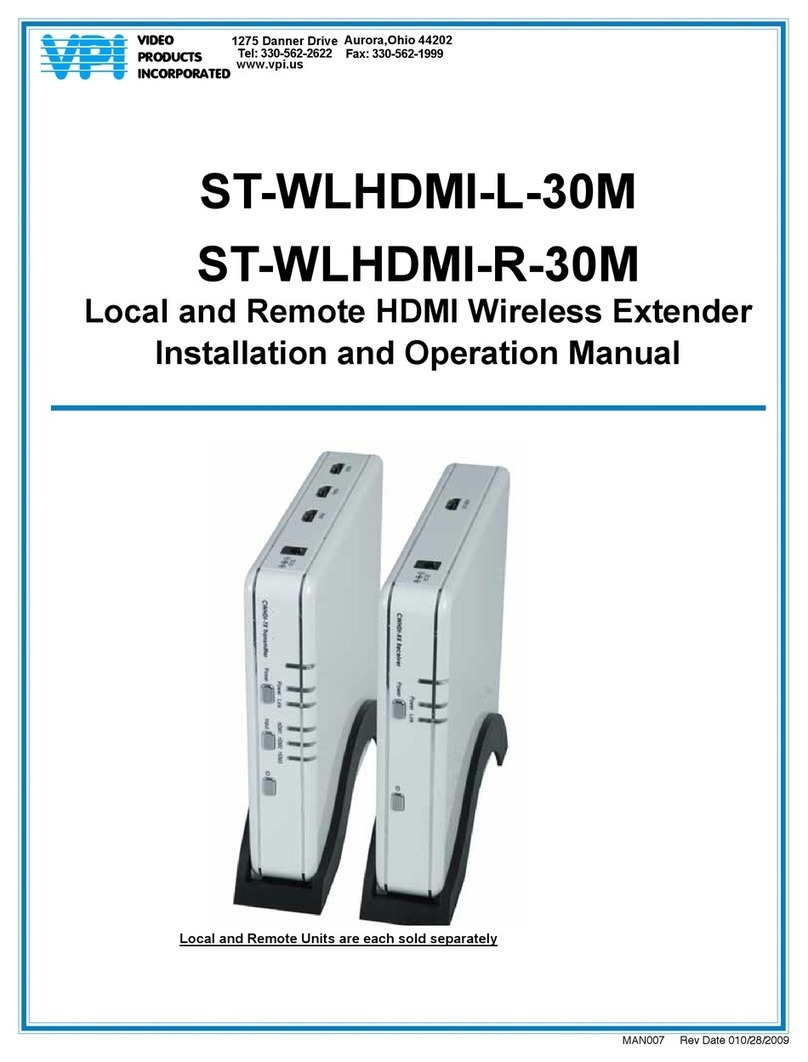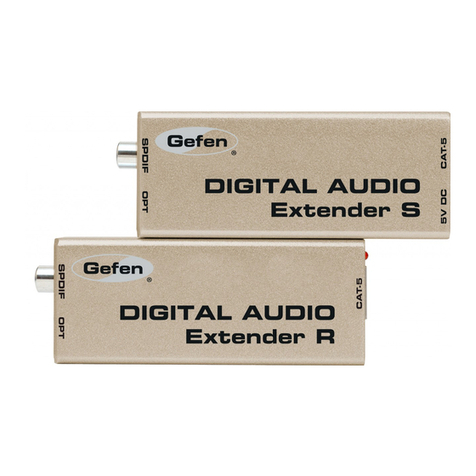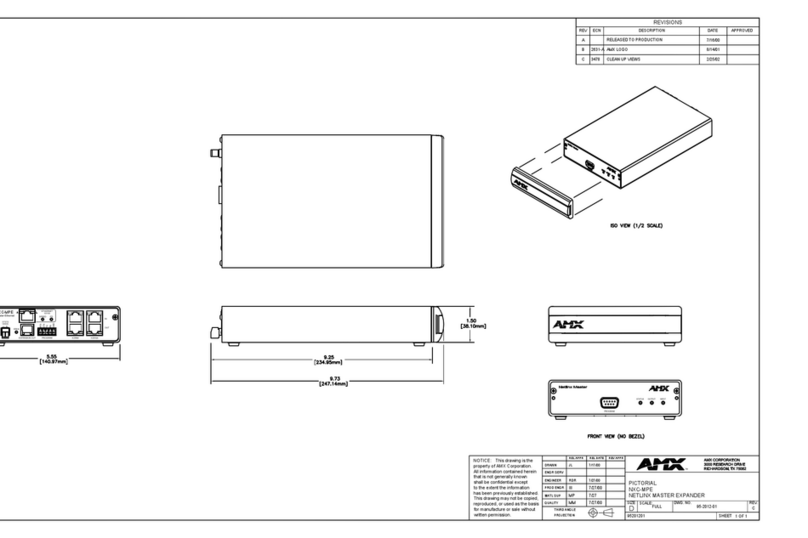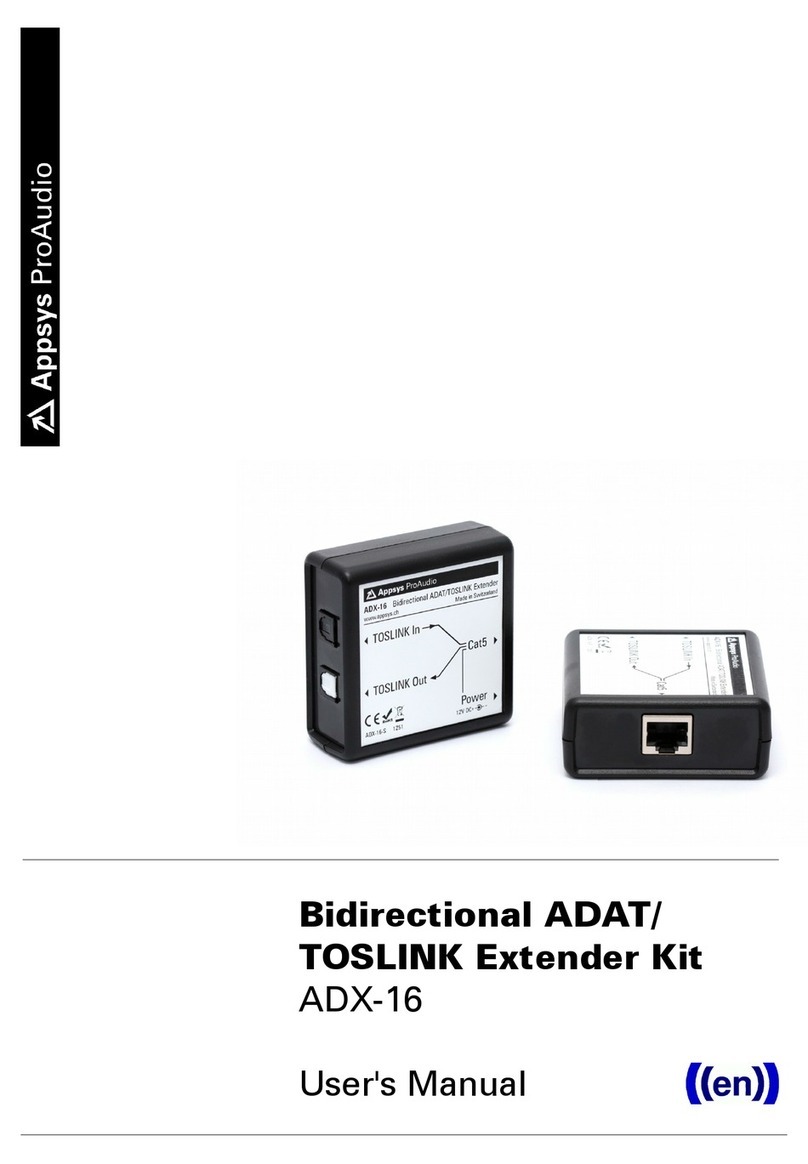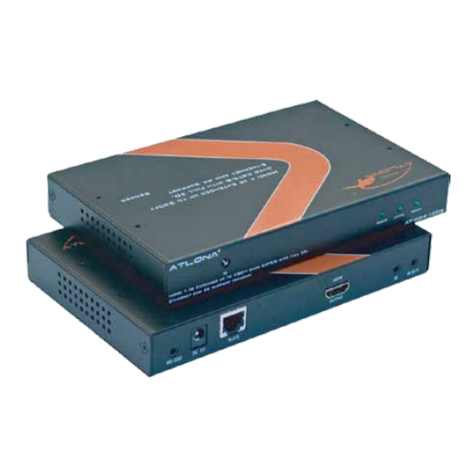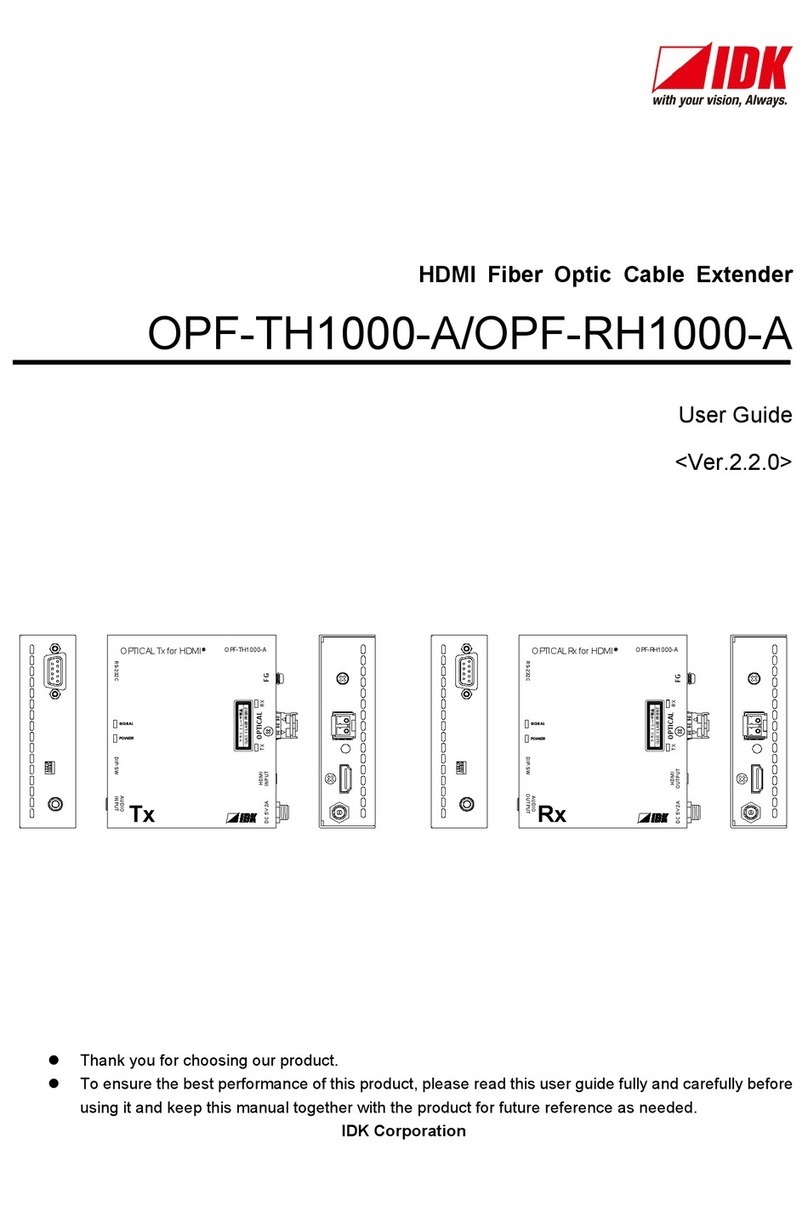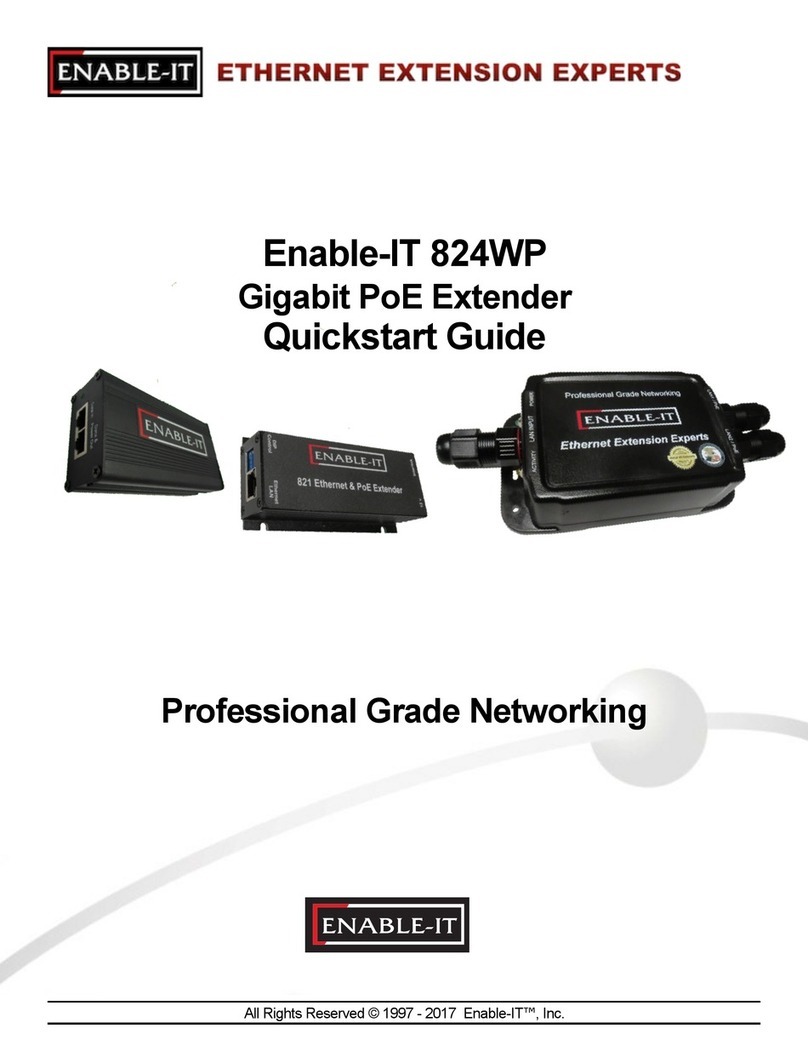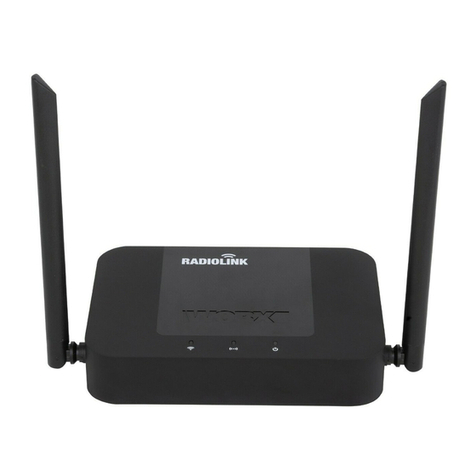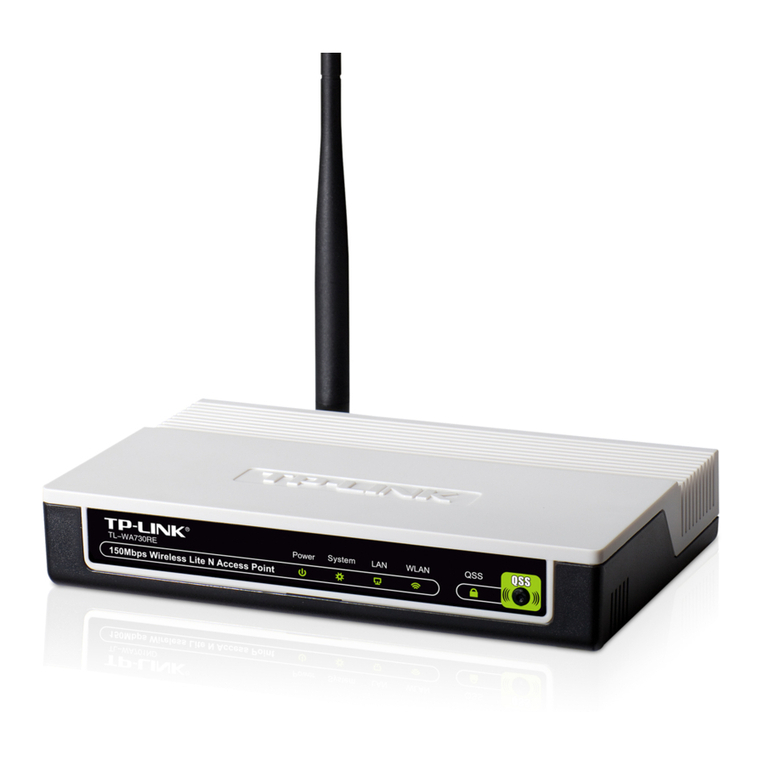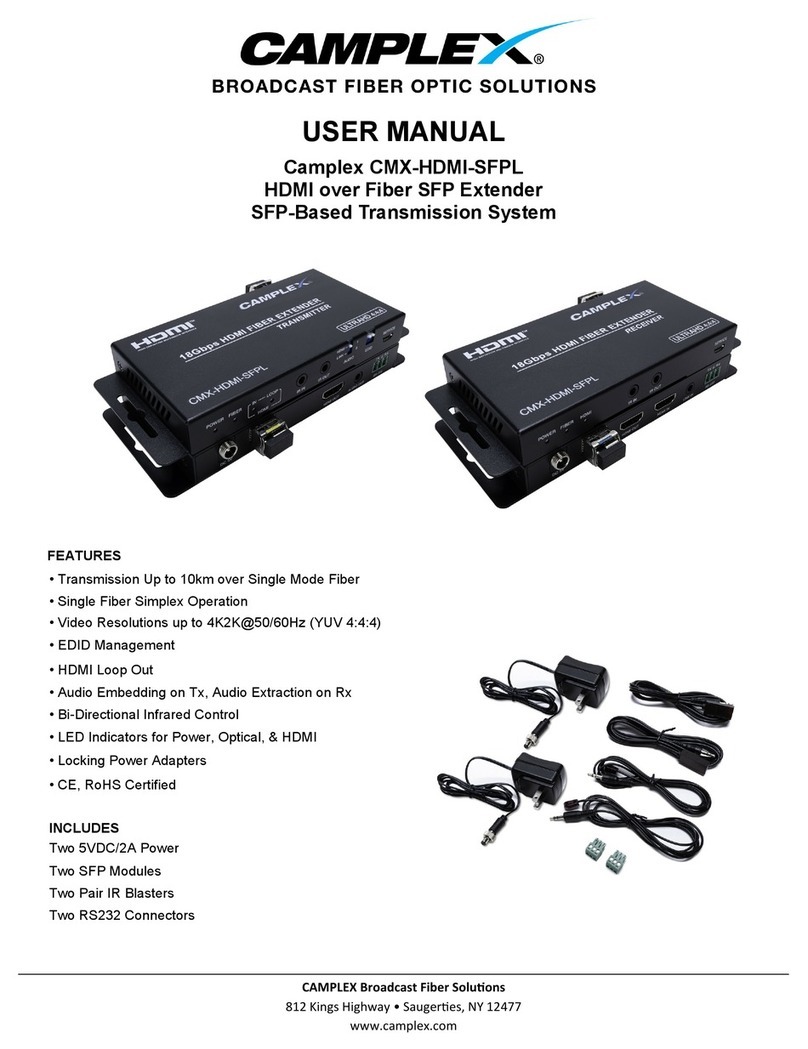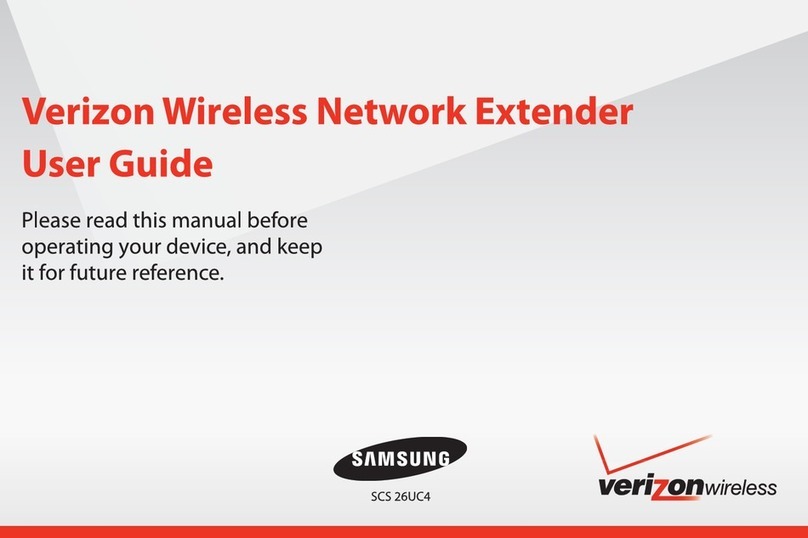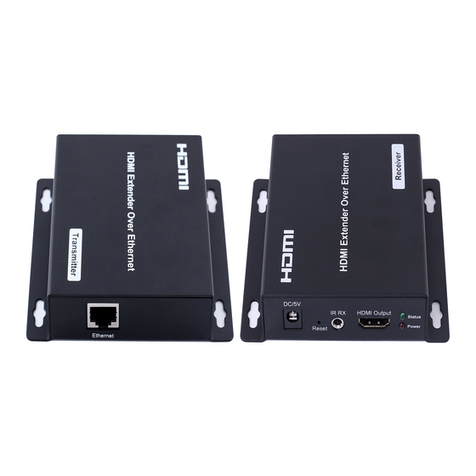
Benutzerhandbuch Deutsch
3
Installation
1. Schließen Sie die Netzteile an Transmitter (mit TX gelabelt) und Receiver (mit RX gelabelt)
an. Die grünen PWR LEDs neben dem DC Anschluss und auf dem Etikett oben rechts
müssen nun leuchten:
Transmitter: Wenn Ihre DVI-Signalquelle genug Strom liefert (ca. 500mA) kann der
Transmitter auch ohne Netzteil verwendet werden. Dann müssen die Power LEDs PWR
hell leuchten! Ein nur schwaches Leuchten zeigt an, dass der DVI-Port nicht ausreichend
Strom zur Verfügung stellen kann!
2. Schließen Sie Transmitter und Receiver an Ihre DVI Geräte an. Sie können bei Bedarf aus
Platzgründen kurze DVI Verlängerungskabel oder 90 Grad Winkeladapter verwenden.
3. Entfernen Sie die Schutzkappen auf den LC Duplex Anschlüssen von Transmitter, Receiver
und vom LC Kabel. Schließen Sie das LC Duplex Kabel in Überkreuz-Konfiguration an. Der
linke Port vom Transmitter muss mit dem rechten Port am Receiver verbunden
werden, der rechte mit dem linken!
4. Stellen Sie bitte sicher dass die Stecker richtig eingerastet sind und schalten Sie zum
Abschluss der Installation das Display und
danach die Signalquelle ein.
5. Nun sollten die 4 SD (Signal Detect) LEDs am
Receiver aufleuchten und damit den korrekten
Link anzeigen. Falls das Display kein Bild
anzeigt vertauschen Sie bitte die beiden LC
Fasern am Receiver gegeneinander. Falls Sie
die korrekte Auflösung nicht einstellen können
müssen Sie den zuvor beschriebenen EDID
Selbstlern- und Kopierprozess durchführen
und die Installation wiederholen.
Fehlersuche und -behebung
Wenn die CH1 und CH2 LEDs am Receiver nicht leuchten prüfen Sie das LC Kabel auf
korrekten Sitz und 1:1 Verbindung wie oben beschrieben. Wenn die PWR LEDs alle hell
leuchten versuchen Sie ein anderes kurzes LC Kabel. Falls dies funktioniert ist ihr langes LC
Kabel fehlerhaft.
Falls Ihr Monitor die gewollte Auflösung nicht einstellen kann müssen Sie den o.g. Self-EDID
Selbstlern- und Kopierprozess durchführen und die Installation wiederholen.
SD LED (Signal Detect)
AN : Link in Ordnung
AUS: Link nicht OK, LC
Kabel überprüfen
